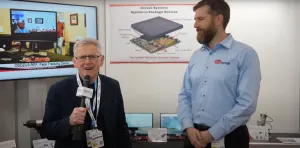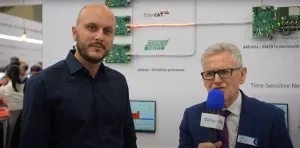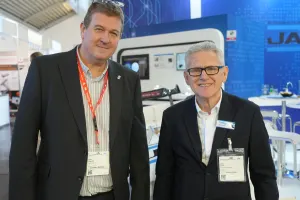This DC-DC Converter will Transform Energy Systems
This DC-DC Converter will Transform Energy Systems 
This Ultra-Efficient Electrical Converter May Transform the Grid
Kobe University’s breakthrough promises significant advancements in efficiency and cost-effectiveness for power conversion. This innovation, a direct current voltage boost converter, is poised to transform multiple sectors such as power generation and storage, healthcare, and IT.
Devices that harness energy from sunlight, vibrations, or power medical devices and hydrogen-fueled cars rely heavily on boost converters. These converters transform low-voltage direct current (DC) input into high-voltage DC output. They swiftly switch between two states: one that stores energy and another that releases it. Faster switching allows for smaller components, leading to downsized devices. However, this rapid switching often generates electromagnetic noise and heat, impairing performance.
The Kobe University research team, led by Dr. Mishima Tomokazu, has developed a novel direct current power conversion circuit that combines high-frequency switching with reduced electromagnetic noise and heat dissipation. Their approach, known as “soft switching,” minimizes power loss and reduces component count.
Central to their design are resonant tank circuits that store energy during the switching period, significantly lowering losses. Additionally, the team employs planar transformers, compact components printed onto a circuit board, which enhance efficiency and thermal performance.
“Soft switching is a technique that guarantees that the switch transitions happen at zero voltage, thus minimizing the heat loss,” explains Dr. Mishima.
“When the circuit changes between two states, there is a brief period when the switch is not completely closed, and at that point there is both a voltage and a current across the switch. This means that during this time the switch acts like a resistor and thus dissipates heat. The more often a switch state changes, the more this dissipation occurs.” Traditionally, snubbers have filled this role.
The team constructed a prototype to measure its performance, confirming a high energy efficiency of up to 91.3%, topping existing designs by 1.5 times. This level of efficiency is unprecedented for a MHz drive with a high voltage conversion ratio.
The current development is a 100W-class small-capacity prototype, but the team plans to scale up to a larger kW-class capacity by improving the electronic circuit board and other components. Dr. Mishima and his colleagues want to further enhance efficiency by reducing power dissipation in magnetic components.
The team detailed their innovative design and its evaluation in the journal IEEE Transactions on Power Electronics.












